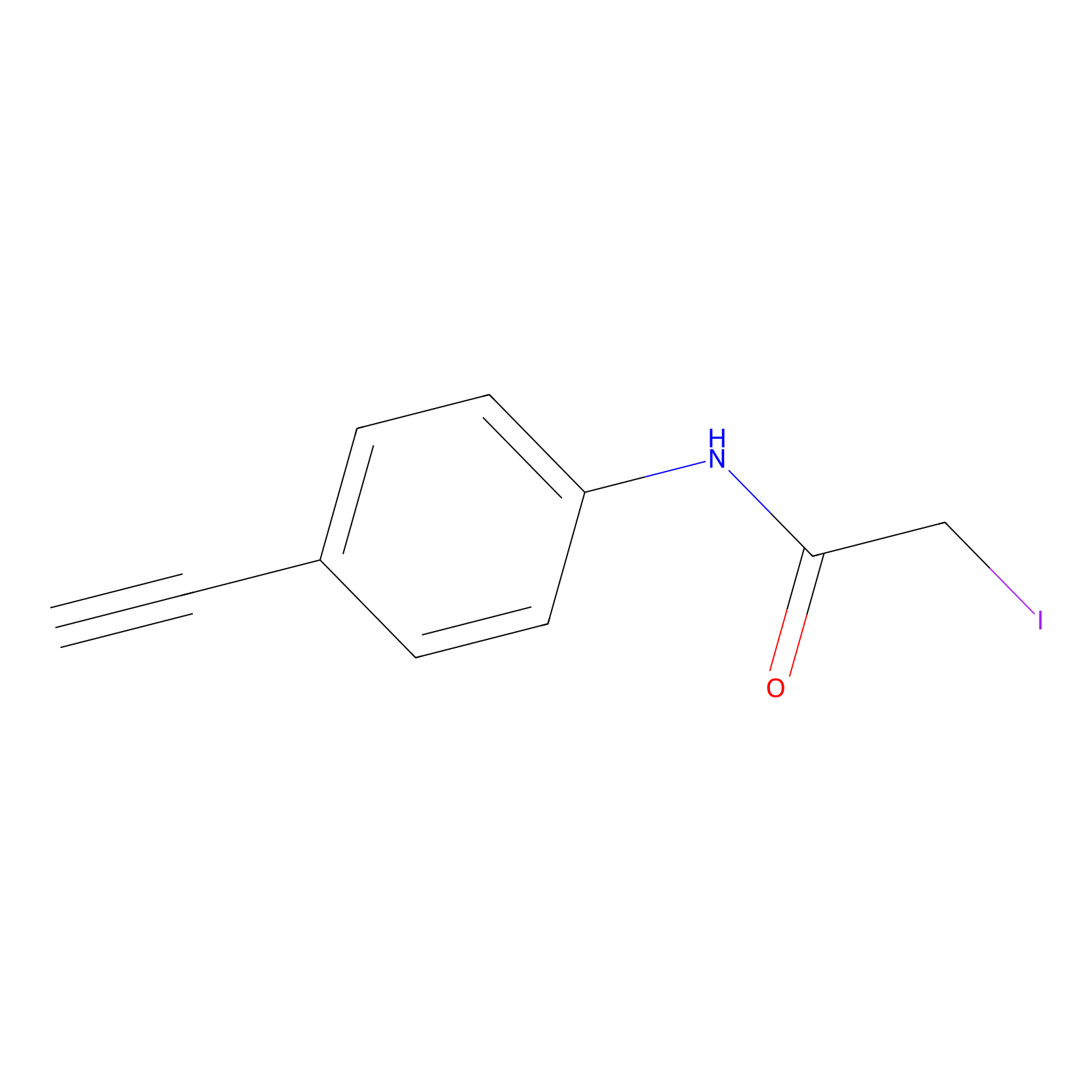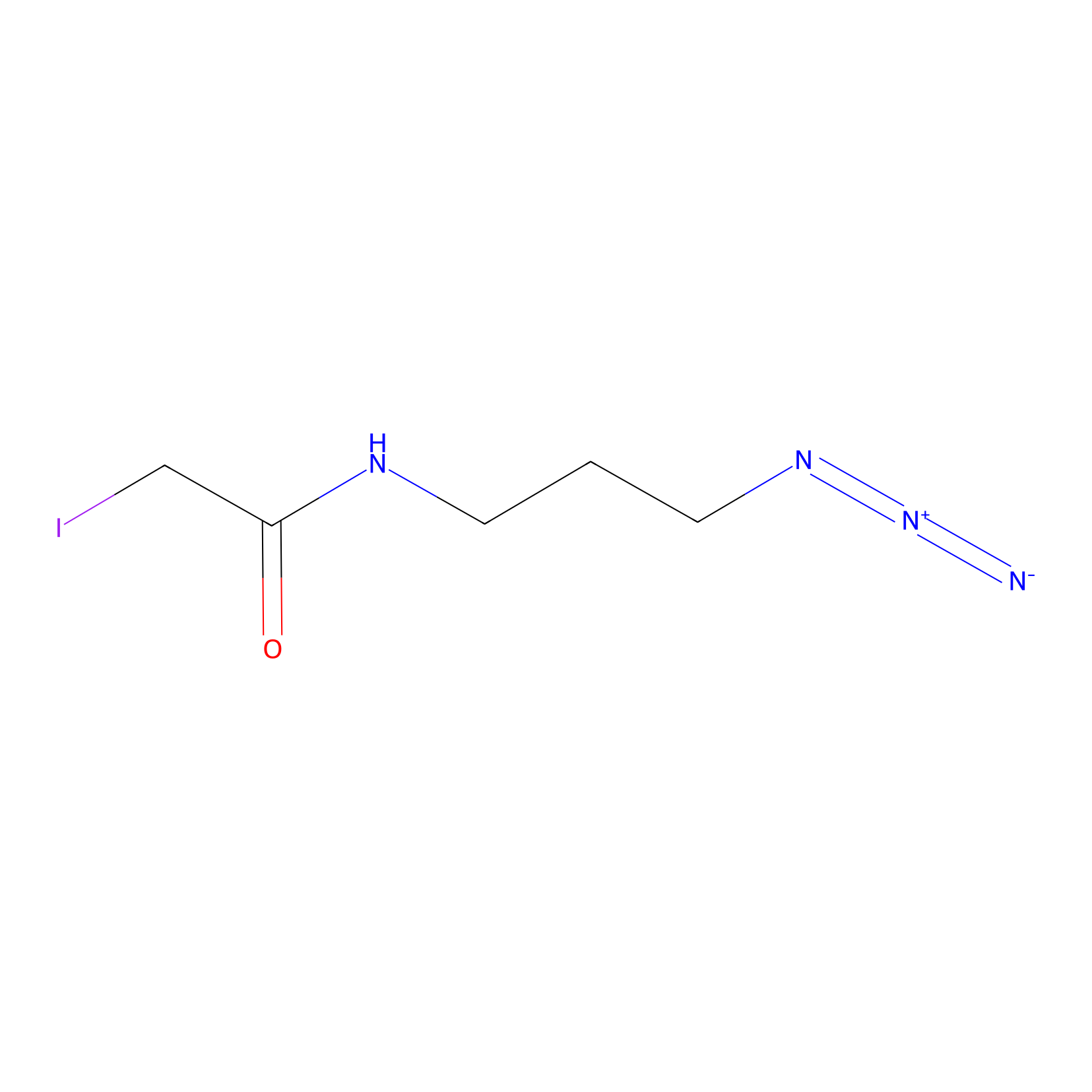Details of the Target
General Information of Target
| Target ID | LDTP02271 | |||||
|---|---|---|---|---|---|---|
| Target Name | Cathepsin G (CTSG) | |||||
| Gene Name | CTSG | |||||
| Gene ID | 1511 | |||||
| Synonyms |
Cathepsin G; CG; EC 3.4.21.20) [Cleaved into: Cathepsin G, C-terminal truncated form] |
|||||
| 3D Structure | ||||||
| Sequence |
MQPLLLLLAFLLPTGAEAGEIIGGRESRPHSRPYMAYLQIQSPAGQSRCGGFLVREDFVL
TAAHCWGSNINVTLGAHNIQRRENTQQHITARRAIRHPQYNQRTIQNDIMLLQLSRRVRR NRNVNPVALPRAQEGLRPGTLCTVAGWGRVSMRRGTDTLREVQLRVQRDRQCLRIFGSYD PRRQICVGDRRERKAAFKGDSGGPLLCNNVAHGIVSYGKSSGVPPEVFTRVSSFLPWIRT TMRSFKLLDQMETPL |
|||||
| Target Type |
Clinical trial
|
|||||
| Target Bioclass |
Enzyme
|
|||||
| Family |
Peptidase S1 family
|
|||||
| Subcellular location |
Cell membrane
|
|||||
| Function |
Serine protease with trypsin- and chymotrypsin-like specificity. Also displays antibacterial activity against Gram-negative and Gram-positive bacteria independent of its protease activity. Prefers Phe and Tyr residues in the P1 position of substrates but also cleaves efficiently after Trp and Leu. Shows a preference for negatively charged amino acids in the P2' position and for aliphatic amino acids both upstream and downstream of the cleavage site. Required for recruitment and activation of platelets which is mediated by the F2RL3/PAR4 platelet receptor. Binds reversibly to and stimulates B cells and CD4(+) and CD8(+) T cells. Also binds reversibly to natural killer (NK) cells and enhances NK cell cytotoxicity through its protease activity. Cleaves complement C3. Cleaves vimentin. Cleaves thrombin receptor F2R/PAR1 and acts as either an agonist or an inhibitor, depending on the F2R cleavage site. Cleavage of F2R at '41-Arg-|-Ser-42' results in receptor activation while cleavage at '55-Phe-|-Trp-56' results in inhibition of receptor activation. Cleaves the synovial mucin-type protein PRG4/lubricin. Cleaves and activates IL36G which promotes expression of chemokines CXCL1 and CXLC8 in keratinocytes. Cleaves IL33 into mature forms which have greater activity than the unprocessed form. Cleaves coagulation factor F8 to produce a partially activated form. Also cleaves and activates coagulation factor F10. Cleaves leukocyte cell surface protein SPN/CD43 to releases its extracellular domain and trigger its intramembrane proteolysis by gamma-secretase, releasing the CD43 cytoplasmic tail chain (CD43-ct) which translocates to the nucleus. Cleaves CCL5/RANTES to produce RANTES(4-68) lacking the N-terminal three amino acids which exhibits reduced chemotactic and antiviral activities. During apoptosis, cleaves SMARCA2/BRM to produce a 160 kDa cleavage product which localizes to the cytosol. Cleaves myelin basic protein MBP in B cell lysosomes at '224-Phe-|-Lys-225' and '248-Phe-|-Ser-249', degrading the major immunogenic MBP epitope and preventing the activation of MBP-specific autoreactive T cells. Cleaves annexin ANXA1 and antimicrobial peptide CAMP to produce peptides which act on neutrophil N-formyl peptide receptors to enhance the release of CXCL2. Acts as a ligand for the N-formyl peptide receptor FPR1, enhancing phagocyte chemotaxis. Has antibacterial activity against the Gram-negative bacteria N.gonorrhoeae and P.aeruginosa. Likely to act against N.gonorrhoeae by interacting with N.gonorrhoeae penA/PBP2. Exhibits potent antimicrobial activity against the Gram-positive bacterium L.monocytogenes. Has antibacterial activity against the Gram-positive bacterium S.aureus and degrades S.aureus biofilms, allowing polymorphonuclear leukocytes to penetrate the biofilm and phagocytose bacteria. Has antibacterial activity against M.tuberculosis. Mediates CASP4 activation induced by the Td92 surface protein of the periodontal pathogen T.denticola, causing production and secretion of IL1A and leading to pyroptosis of gingival fibroblasts.
|
|||||
| TTD ID | ||||||
| Uniprot ID | ||||||
| DrugMap ID | ||||||
| Ensemble ID | ||||||
| HGNC ID | ||||||
| ChEMBL ID | ||||||
Probe(s) Labeling This Target
ABPP Probe
| Probe name | Structure | Binding Site(Ratio) | Interaction ID | Ref | |
|---|---|---|---|---|---|
|
DBIA Probe Info |
 |
C49(2.50); C207(1.42) | LDD3334 | [1] | |
|
4-Iodoacetamidophenylacetylene Probe Info |
 |
N.A. | LDD0038 | [2] | |
|
IA-alkyne Probe Info |
 |
N.A. | LDD0166 | [3] | |
|
Lodoacetamide azide Probe Info |
 |
C142(0.00); C49(0.00) | LDD0037 | [2] | |
Competitor(s) Related to This Target
The Interaction Atlas With This Target
The Protein(s) Related To This Target
Other
The Drug(s) Related To This Target
Phase 2
| Drug Name | Drug Type | External ID | |||
|---|---|---|---|---|---|
| Jnj-10311795 | Small molecular drug | D01YIO | |||
Investigative
Patented
Discontinued
| Drug Name | Drug Type | External ID | |||
|---|---|---|---|---|---|
| Aloxistatin | Small molecular drug | D0NJ1A | |||
| Dermolastin | Small molecular drug | D0B9EH | |||
References
